I have a review of Newell Bringhurst’s 2nd edition of Saints, Slaves, & Blacks at Times & Seasons. Some highlights:
According to Paul Reeve, “one of [the book’s] most significant contributions…is…its exploration and thorough documentation of the racial universalism inherent in the first two decades of Mormonism” (pg. 193). As Bringhurst explains, “Initially, however, the status of blacks did not differ from that of any other ethnic group. As objects for probable Mormon salvation, black people fell within the purview of Mormon universalism. The Book of Mormon proclaimed a basic desire to preach the Gospel among all peoples, blacks as well as whites. “All men are privileged the one like unto the other and none are forbidden” (2 Ne. 26:28). Joseph Smith expressed this same universalism throughout the Doctrine and Covenants. According to Smith, the voice of the Lord was “unto all men” and he was “no respecter of persons” (D&C 1:2, 38:16).3 As for the gospel, it was “free unto all” regardless of “nation, kindred, [or] tongue” (D&C 10:51).4 “All those who humble themselves before God” would “be received by baptism into his Church,” including the “heathen nations” (D&C 20:37, 45:54). The Mormon Prophet instructed missionaries to go “into all the world” and preach the gospel “unto every creature . . . both old and young, both bond and free” (D&C 43:20). Finally, the Mormon gathering to Zion would include the righteous from “every nation under heaven” brought together “from the ends of the earth” (D&C 45:69, 58:9, 45)” (pgs. 32-33).
Another insight:
[W]hile I was already convinced of the theologically bogus nature of the temple/priesthood ban, I came across yet another reason to question its veracity: the whole notion of a temple/priesthood ban based on “lineage” is undermined by another teaching put forth by both Joseph Smith and Brigham Young, namely that the Holy Ghost purges Gentiles of impurities and makes them the literal seed of Abraham. Bringhurst writes, “In fact, the Saints were anxious to “purge out . . . impure elements” not just from the larger Mormon community but also from the bodies of individual church members. This could be done, Young said, “through the Holy Ghost,” which could act upon individual Saints tainted with impure “Gentile blood.” These impurities would actually be purged “out of their veins” and replaced with the pure blood of Abraham. This process would remove impure “blood out” of the bodies of Mormons of varied ethnic backgrounds, including those who had the “blood of Judah”” (pg. 124).
I conclude,
I was admittedly hesitant when I was asked to reviewSaints, Slaves, & Blacks. Having read a good amount of the recent scholarship on the topic and knowing the book was a largely unchanged 2nd edition, I was worried that I wouldn’t have much to say about it. Fortunately, my worries were put to rest in the first chapter. Despite originally being published nearly 40 years ago, the scholarship still feels fresh and relevant. Bringhurst’s book simultaneously plays the role of both the foundation of and a contributor to modern scholarship on Mormonism and race. And we should be thankful to Greg Kofford Books for making it available once more.
Check it out.
 America should abolish prisons. Perhaps not all of them, but very close to it.
America should abolish prisons. Perhaps not all of them, but very close to it.


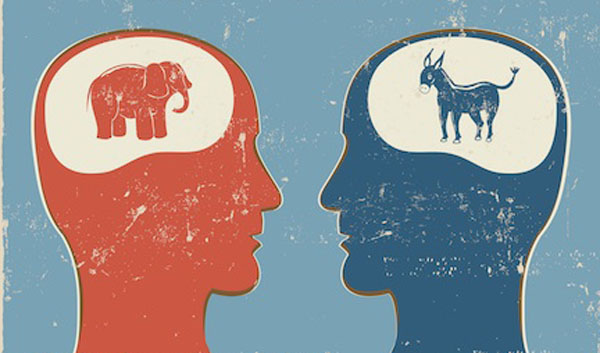



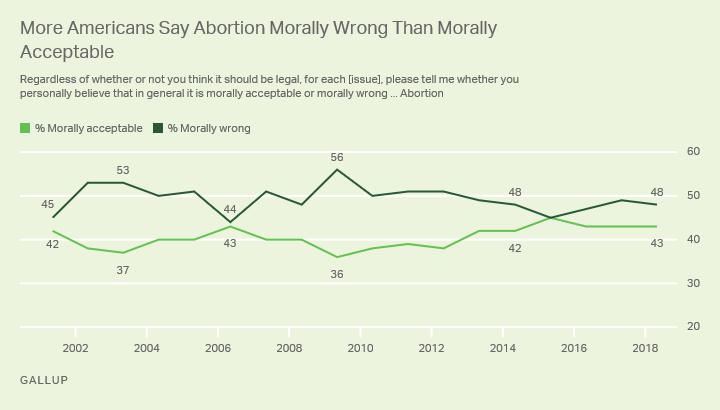
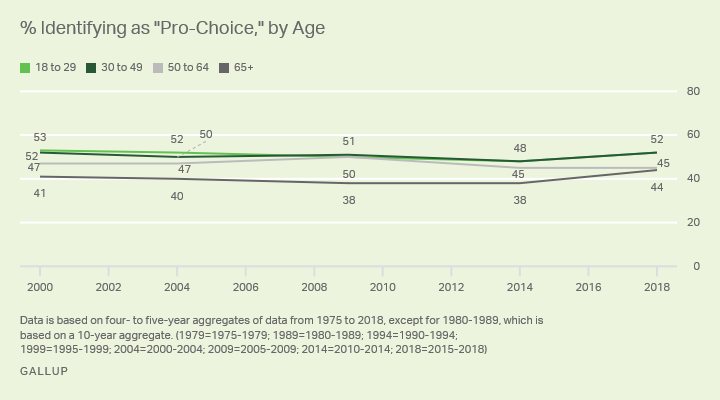
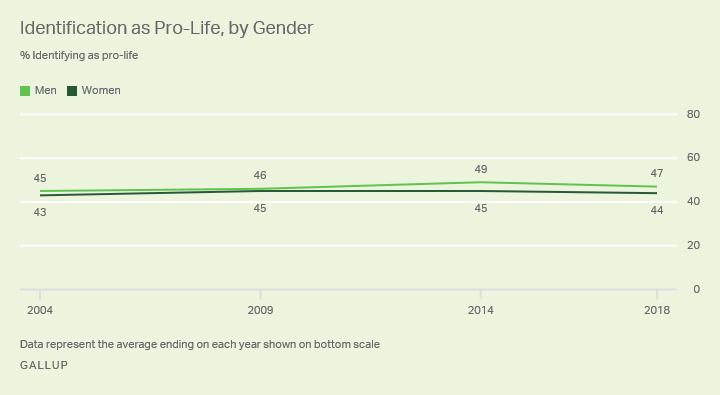
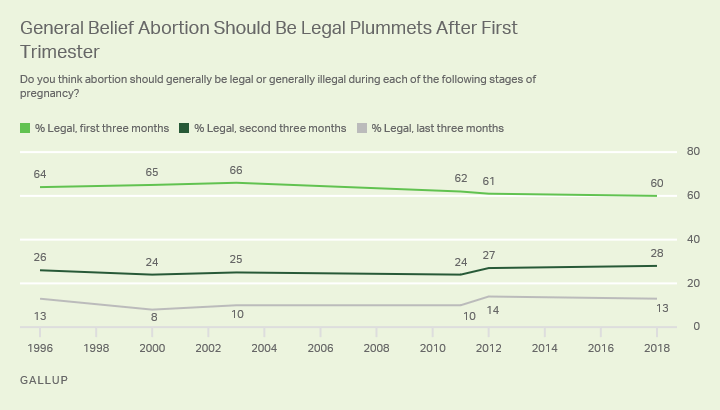
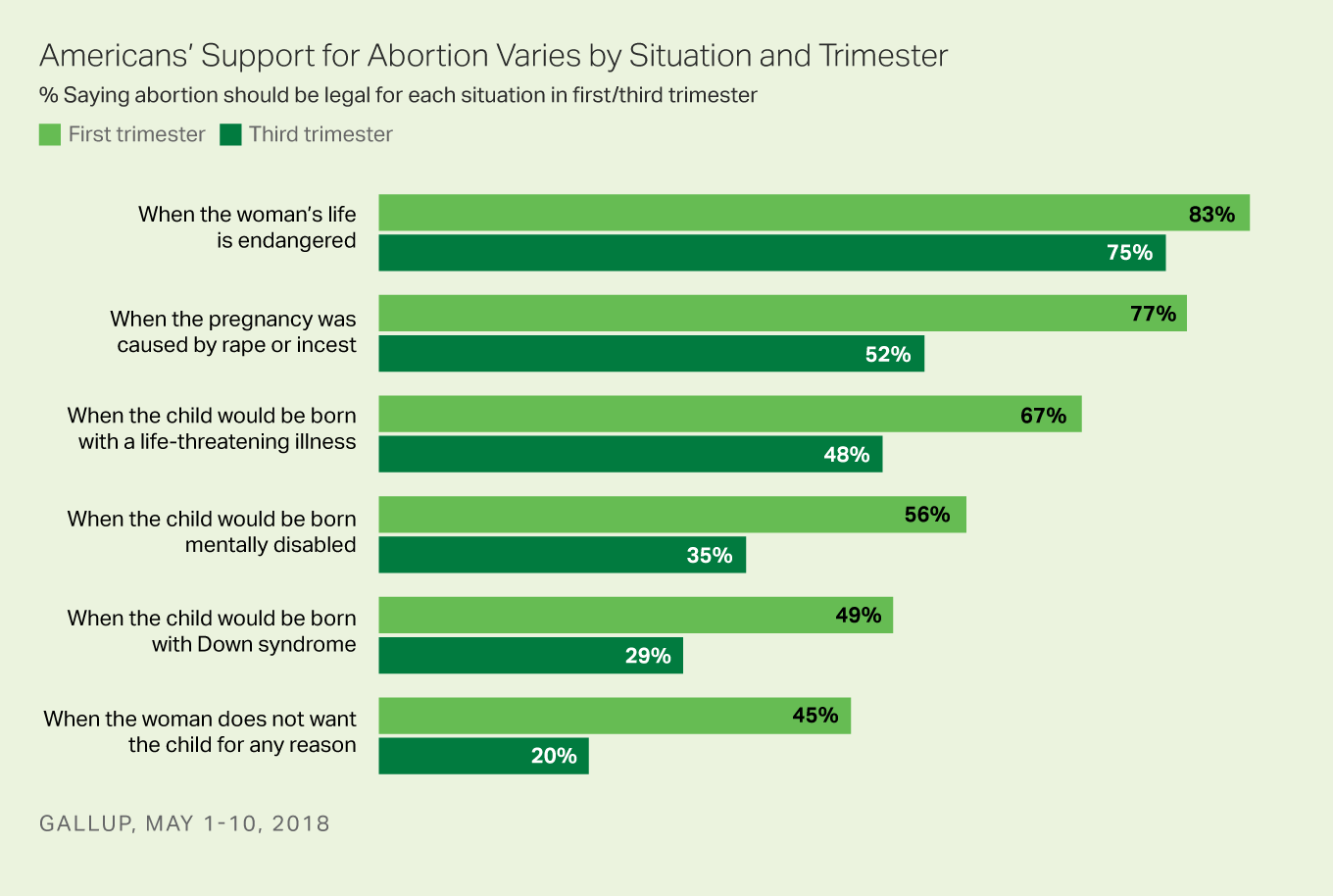
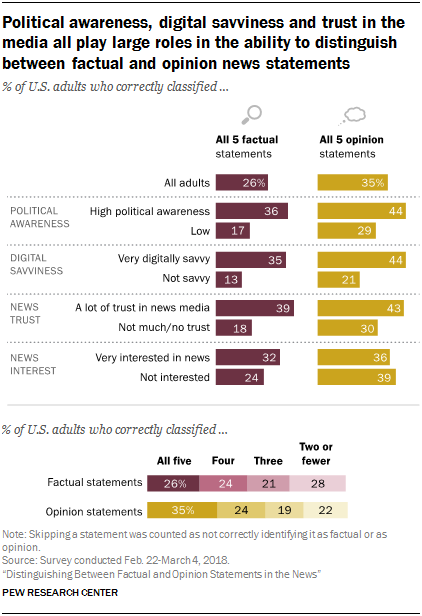
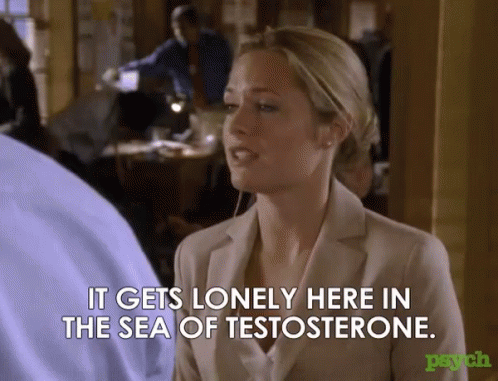 Women worldwide tend to be more religious than men
Women worldwide tend to be more religious than men